There’s no hard-and-fast rule that says yacht rock songs have to come from artists who’ve released music exclusively within the genre. Occasionally, an act dabbled in the soft-rocking style without committing to it long-term.
Videos by American Songwriter
Earth, Wind & Fire was just such an act. Long known for their mastery of upbeat, horn-filled R&B and simmering soul, the band dropped a track in 1979 called “After the Love Has Gone” that has since become a yacht rock classic. Here’s how that all came to pass.
Moving the Earth
Earth, Wind & Fire held a lofty status as the perhaps the preeminent R&B band in America as they began making their 1979 album I Am. It was by no means an overnight journey to get to that exalted status. Early in the ‘70s, the Chicago-based outfit labored to find a widespread audience.
That all changed in 1975 with the release of the album That’s the Way of the World. Spurred by a No. 1 hit single in “Shining Star,” the album ended up hitting the top of the charts as well. EWF sustained that momentum through a series of smash LPs and singles in the second half of the decade.
Although they wrote much of their own material, the band occasionally looked to outside sources as well. That’s how they nabbed “After the Love Has Gone,” which was penned by a trio of writers who didn’t have any idea they were going to be submitting the song to an R&B band.
“Gone” Arrives
The story of “After the Love Has Gone” begins, weirdly enough, with former Gong Show judge Jaye P. Morgan. She was also a recording artist helped along by David Foster, who was just beginning to emerge as a writer/producer of note. One day, while trying to convince Motown execs on a particular song he had written for Morgan, Foster forgot the words, but instead starting singing a chorus that would eventually adorn “After the Love Has Gone.”
He began working on the rest of the music with Jay Graydon, another musician/songwriter. The pair came up with a somewhat complex structure where the key jumps all over the place as the song moves from verse to chorus. (Very yacht rock-y in that respect.)
The last piece of the puzzle was Bill Champlin, then a budding singer/songwriter about to release his own material for the first time. Champlin completed the lyrics to “After the Love Has Gone,” and his intent was to include it on his debut. But when Maurice White received the demo from Foster, he asked if EWF could take it instead, which they did.
Behind the Lyrics to “After the Love Has Gone”
The phrase For a while is crucial to “After the Love Has Gone.” It contrasts the way these two lovers were with their present state of heartbreak. For example: For a while, we paid no mind to the past / We knew love would last. These halcyon days are eventually shattered: ‘Til sadness was all we shared.
There’s no putting a finger on a single event that pulled these two apart: Somethin’ happened along the way / What used to be happy was sad. All that’s left are bitter recriminations and unanswered questions: After the love is gone / What used to be right is wrong / Can love that’s lost be found?
With Maurice White giving a standout lead vocal performance, getting help from Philip Bailey backing him up throughout, audiences ate up the sweet-sounding melancholy of “After the Love Has Gone,” giving Earth, Wind & Fire a No. 2 hit in 1979. It’s a song that goes to show yacht rock can come from any source, as long as the crucial elements are in place.
Photo by Ed Perlstein/Redferns/Getty Images


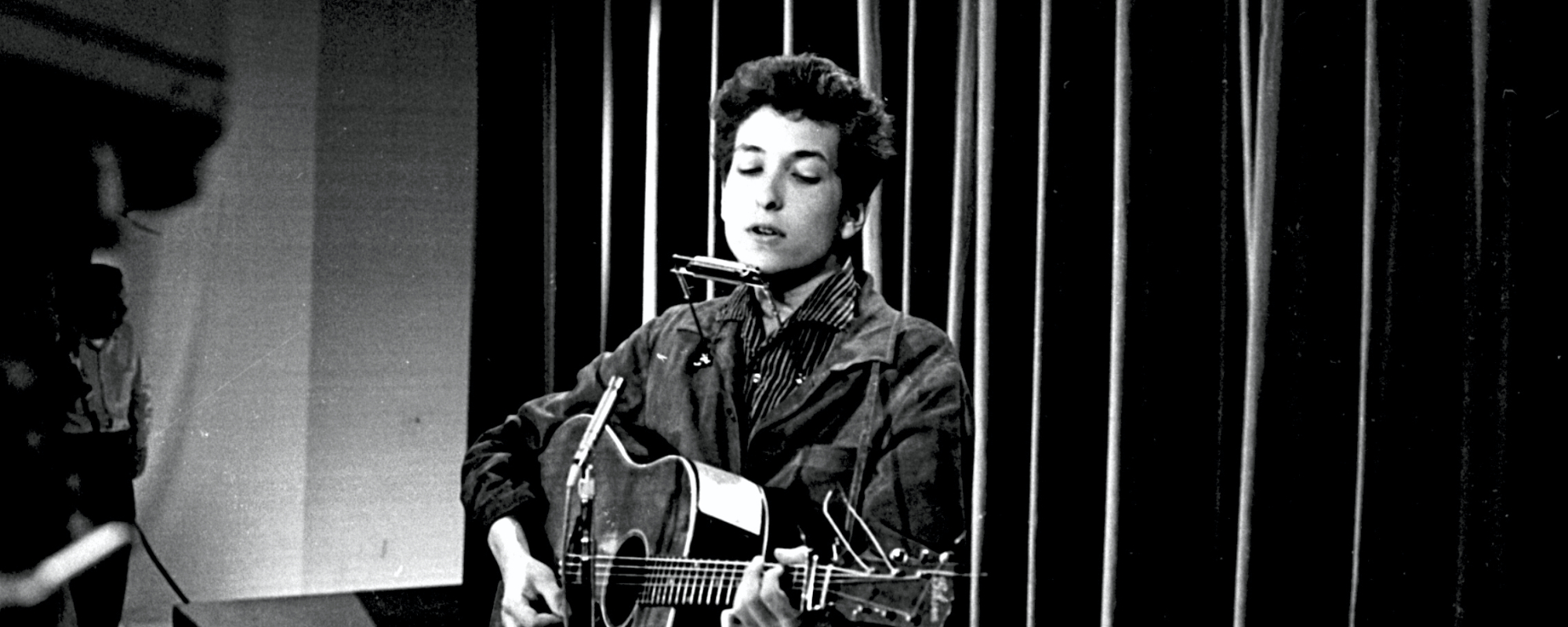
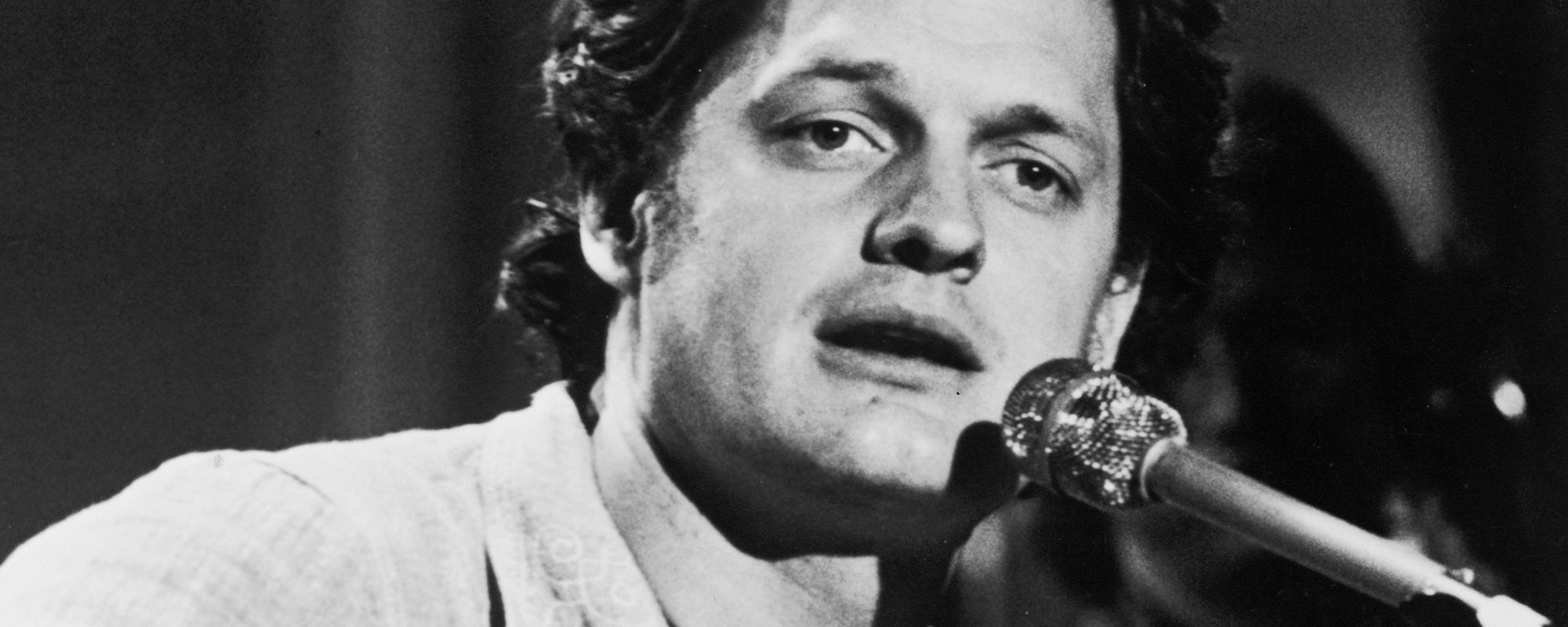

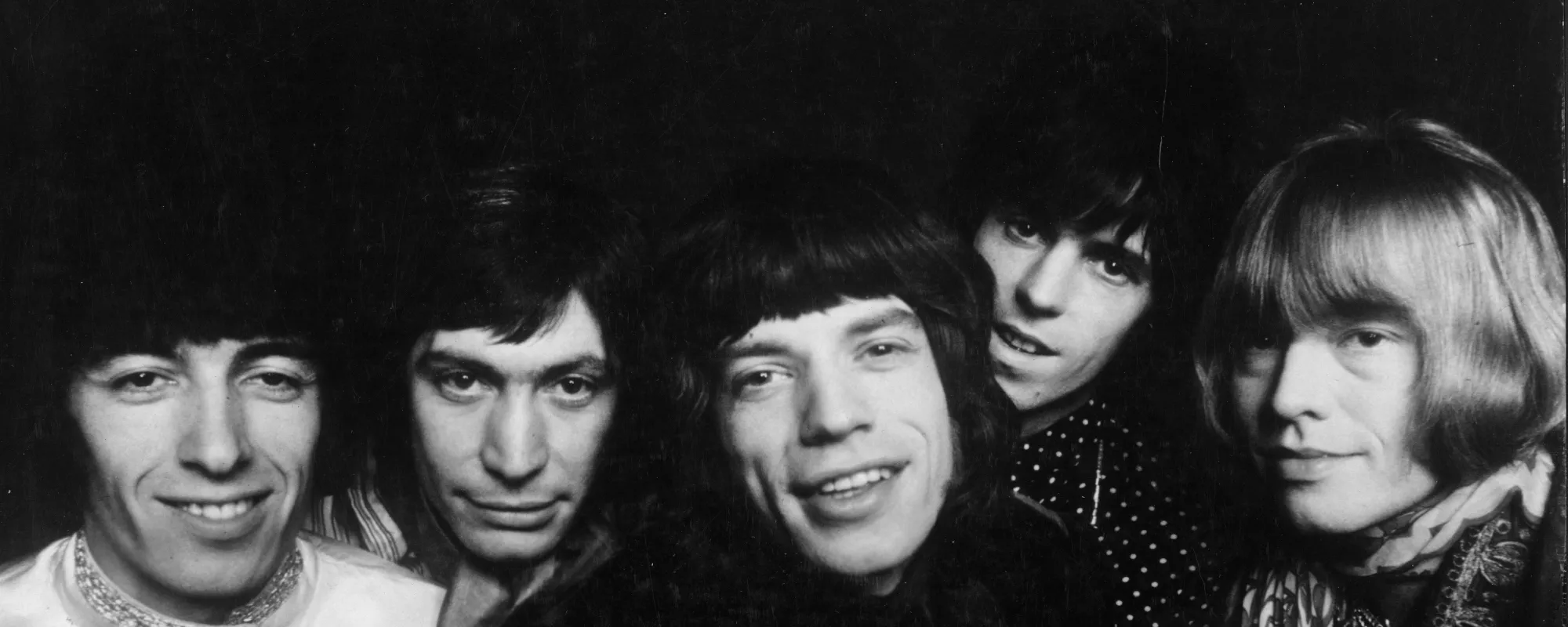
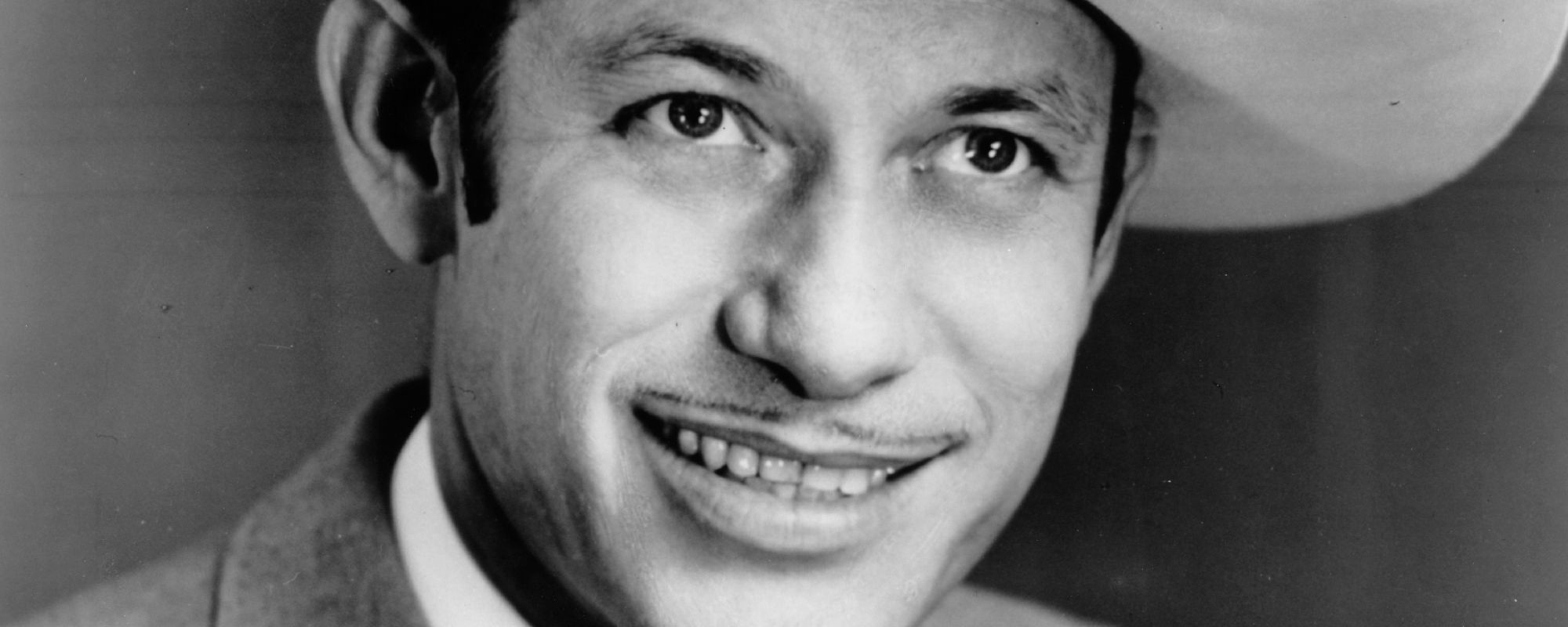
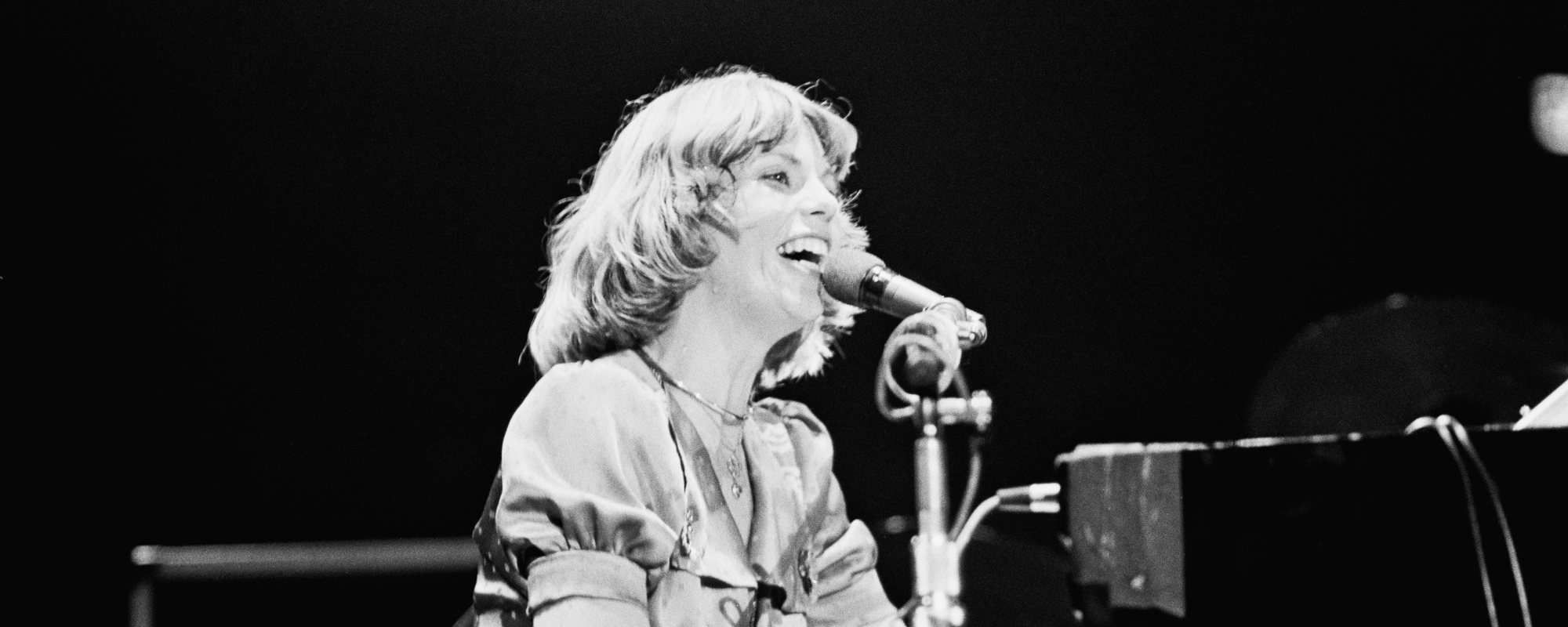
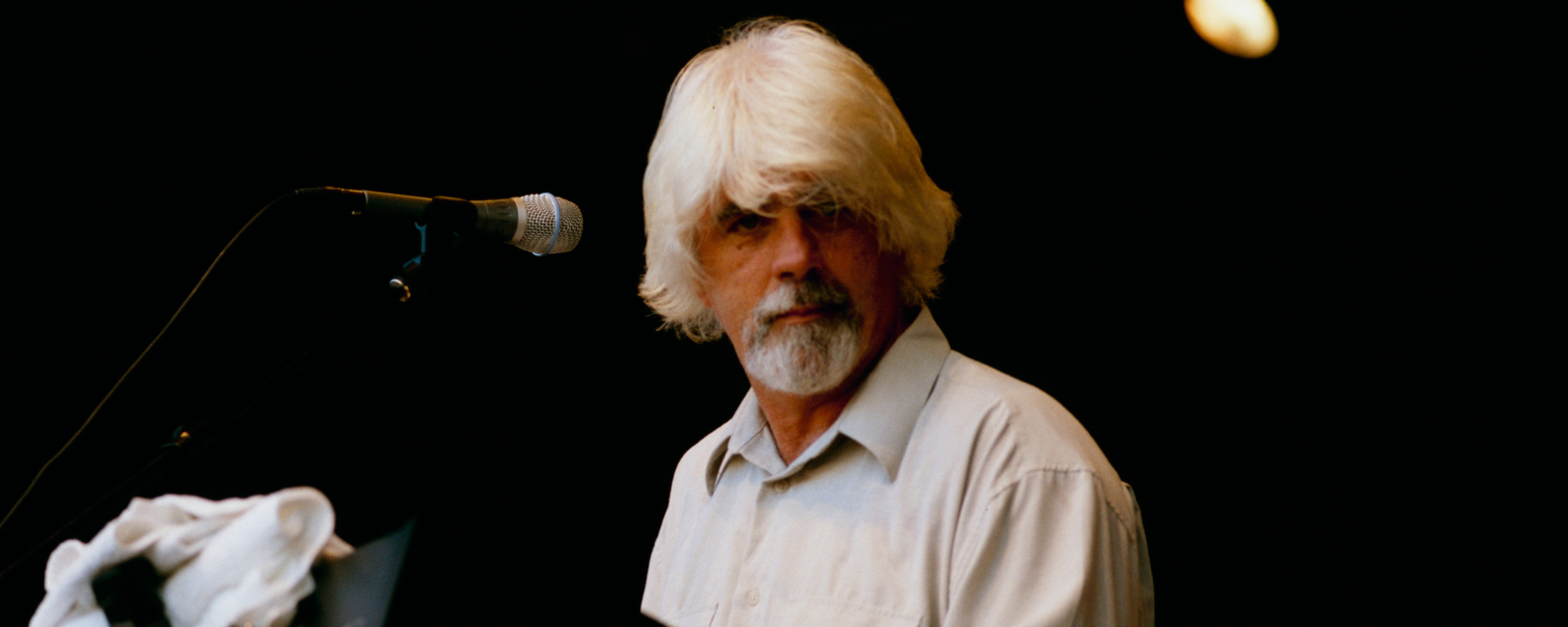



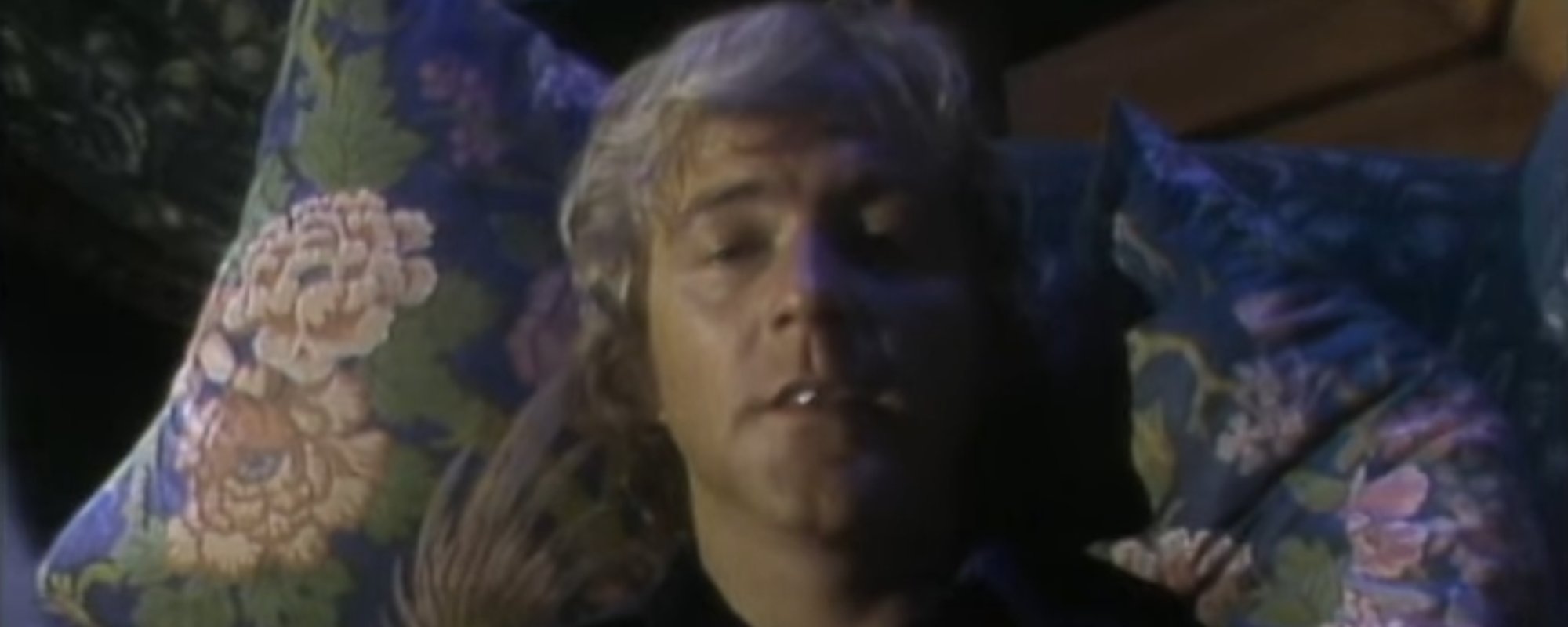
Leave a Reply
Only members can comment. Become a member. Already a member? Log in.